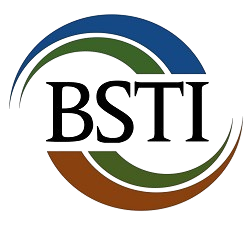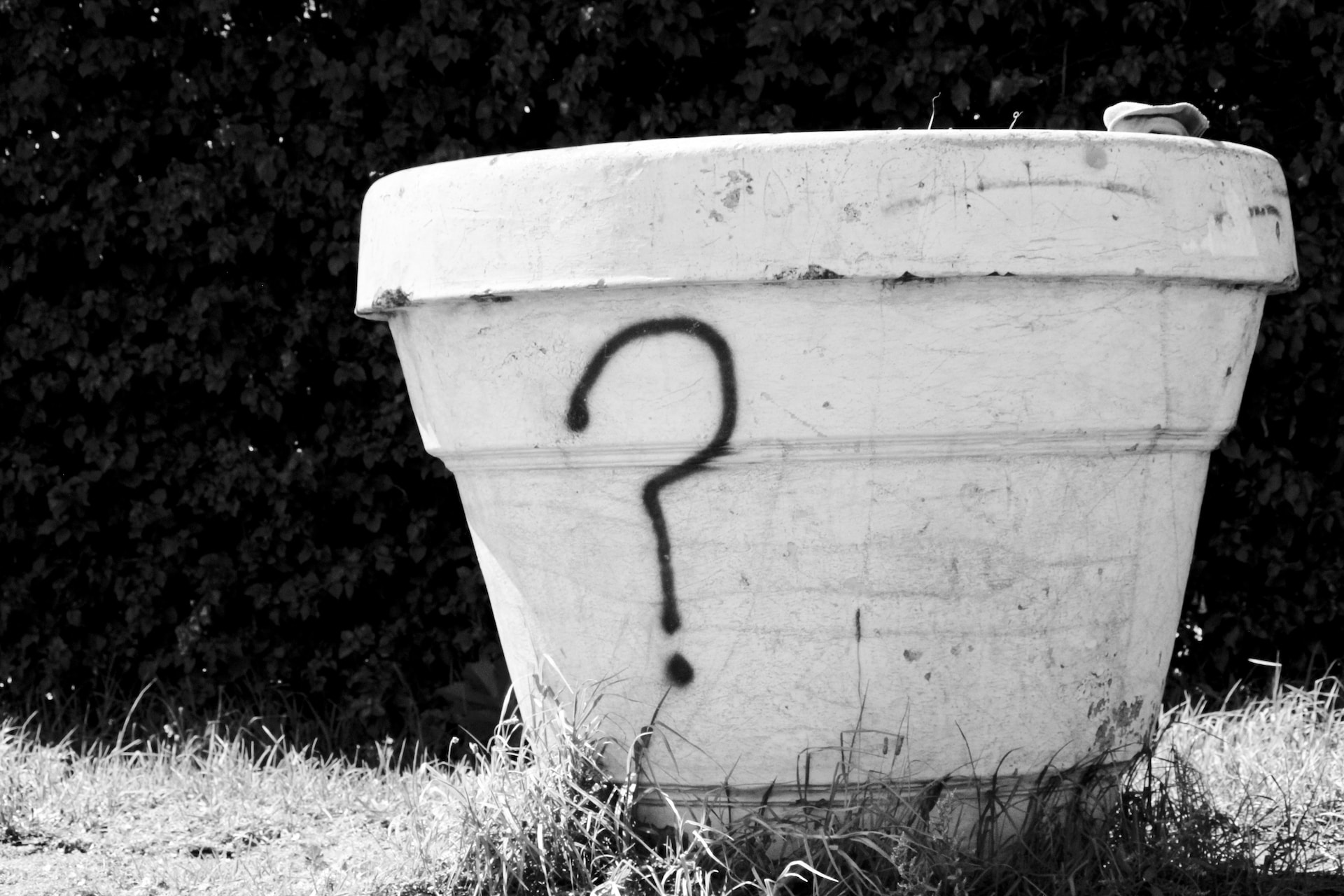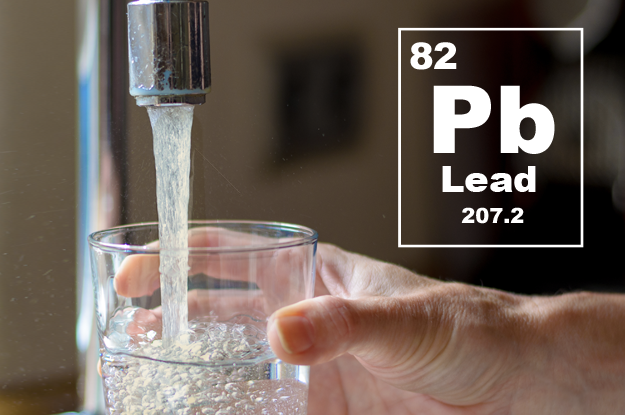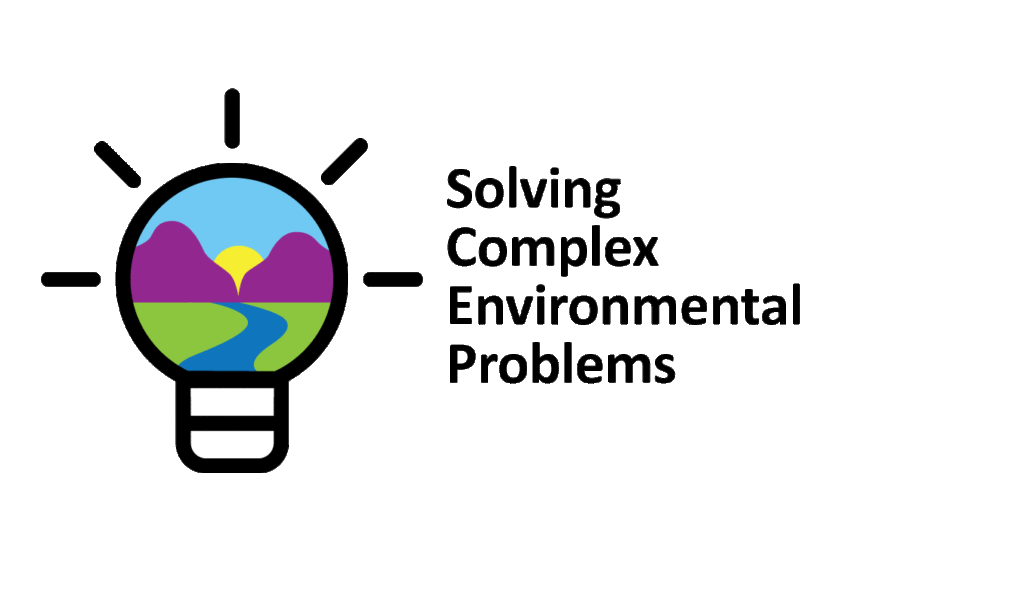Since 2005, innovative technologies such as hydraulic fracturing (i.e., fracking) and directional drilling (trenchless technologies) have made it possible to access valuable hydrocarbon resources from Pennsylvania’s Marcellus and Utica shale deposits. Domestic natural gas production has increased to the point that Pennsylvania produces 19% of the total output; which ranks #2 behind only Texas (24%).
The increase in natural gas production has triggered a demand for additional pipelines across Pennsylvania and the surrounding region to deliver product to market safely and efficiently. To construct a new pipeline, energy companies must navigate complex environmental regulations, permits, and technical obstacles. Any misstep along the way can result in costly operational shut-downs, public relations challenges, sizable fines and lengthy project delays.
Every pipeline installation location faces unique challenges. The purpose of this paper is to identify some of the more common causes of environmental, regulatory and permit violations that can result in work delays, fines and public relations challenges. The information below is presented in no particular order of importance. It is our hope that this paper can serve as a valuable guide to energy companies and pipeline operators as they plan and implement their pipeline construction projects.
Establish clear lines of communication
Insufficient responses, reporting delays, inattention to permit details and work crew variabilities have all been factors in pipeline construction shut-downs and fines. Communication challenges become more complex when the project involves multiple contracting parties.
Governing authorities will not accept a lack of communication at the project level as a valid reason for not complying with permit conditions. Repeated failure to promptly comply with permits can risk a forced work stoppage, imposed fines, and/or additional legal penalties.
A robust Communications Plan should be generated and implemented at all levels of the project. A clearly-outlined project personnel structure and chain of communication is vital to the Communications Plan. Timeframes and processes to report instances of non-compliance are also an important part of the plan. Managers and on-scene inspectors must be fluent in permit reporting requirements. They should also have the authority to obtain the information they need in a timely fashion. Enabling a process for field crews to identify and report potential issues to inspectors and managers can save valuable time and kick-start mitigation efforts. A self-regulating project can keep regulators from becoming overly involved with day-to-day oversight.
Proper soil segregation and restoration of open-cut wetlands
When open-cut trenching methods are used to cross wetland areas, soil segregation is important to maintain the integrity of the resource during restoration efforts. Specifically, wetlands underlain by an impermeable “fragipan” soil horizon are at risk of drainage if not properly restored.
Wetlands with endangered and/or threatened species, such as bog turtle habitat, will likely require additional measures to avoid long-term impacts and may not even be approved for open-cut crossing methods.
It is recommended that during initial trench excavation, a wetlands specialist or similarly-qualified expert is present to verify that soil horizons are carefully removed, segregated, and staged during construction. Following pipeline installation, complete and appropriate restoration of the wetland should be documented and approved by the expert.
Prepare for water infiltration within conventional bore excavations
Conventional bore crossings typically require the excavation of pits to attain a direct bore path beneath the feature to be crossed. Storm water runoff and/or groundwater infiltration into the pits may necessitate significant water management measures including temporary settling and containment structures. Often, additional space is needed to construct water management structures. Special attention to permit conditions is important to avoid management and discharge violations. Also, the time required to purchase/rent additional land for work space or to modify a permit can result in delays on the order of weeks.
It is recommended that a pre-construction evaluation of bore crossings take place to improve the understanding of the subsurface. This information can be used to design construction plans for crossings that add in contingencies for expanded dewatering and storm water handling requirements.
Maintain erosion control devices (ECDs) to prevent runoff into wetlands, streams and other waterways
Continual inspection and upkeep of ECDs is necessary to prevent runoff from the construction site into water bodies and other resources. Over time and multiple storm events, ECDs become less effective and need to be repaired or replaced to avoid unpermitted discharges to waterways and/or complaints from the public.
It is recommended that personnel be assigned to directly inspect ECDs on a regular basis as well as just prior to and after any storm events. Sufficient resources should be allocated to repair ECDs expeditiously.
Maintain construction operations during permitted work hours
Most municipalities and townships have ordinances specifying the permissible hours of operations for construction activities. Installation contractors are under pressure to make progress and may opt to work beyond the permitted timeframes. Especially in areas of increased public scrutiny, such actions may trigger noise and/or nuisance complaints from nearby residences. Habitual violations of such ordinances can risk temporary shutdown or revocation of local permits.
It is recommended that site supervisors be fully informed of and comply with all local rules and work timeframes. Daily work logs should always verify the actual hours of operation.
Systematize process for changes to construction methods/techniques
Often a construction method/technique change can make good tactical sense given in-field conditions or circumstances. However, such changes often require modifications to existing permits which will necessitate regulatory review and approval.
Failure to follow permitted construction methods or techniques can result in the suspension of all permitted activities, extended delays, and fines for failure to comply.
It is recommended that a thorough and detailed Communications Plan be adopted, and all personnel be trained on its content to prevent these issues from impacting the project.
Be careful in the selection of drilling fluid additives
Additives to drilling fluid can help overcome challenges during pipeline installation. Depending on the circumstance, it may be advantageous to adjust the pH, add bactericides, corrosion inhibitors, or other agents to the drilling fluids. The Pennsylvania Department of Environmental Protection maintains a specific list of approved drilling fluid additives.
In most cases, on-scene modification to a drilling fluid may make tactical sense but it does require approval. Further, use of an unapproved additive may be a permit violation and could result in fines.
It is recommended that all construction personnel be trained on the use of approved additives and that any reformulation of drilling fluids on the job site require supervisory level approval. Routine audits of drilling materials are also suggested.
Minimize inadvertent returns of drilling fluids into uncontrolled areas
Trenchless technologies, such as Horizontal Directional Drilling (HDD), utilize circulated drilling “mud” to advance a bore path through the subsurface often to cross underneath a major roadway or a sensitive environmental resource. Sometimes, the pressurized drilling mud will travel through natural subsurface pathways such as rock fractures and reach the ground surface. This is known as a “frack out” or inadvertent return (IR). IRs that enter waterways, wetlands, or ponds may be viewed as unpermitted discharges and subject to fines. In addition, IRs may cause property damage to nearby structures or roadways.
An IR can be quite visible to the surrounding community and often creates a public relations challenge. Exacerbating the problem, once an IR occurs, it will have a higher chance of reoccurring once drilling resumes due to the establishment of that preferential pathway.
It is recommended that a thorough geotechnical investigation be conducted in all areas that will likely involve HDD methods prior to actual drilling. Although nothing can detect all possible subsurface structure and fractures, the geotechnical investigation can predict areas where IRs would be more likely to occur. Reducing the length of an HDD bore to a minimum greatly reduces the risk of an unwanted IR. In high-risk areas or threatened or endangered species habitat, it may be advantageous to evaluate installation methods other than HDD.
Minimize the effects on potable water resources caused by trenchless technologies
As presented above, HDD drilling mud has the potential to migrate through the subsurface and can enter nearby domestic water supply wells. Although drilling mud is non-toxic, affects can range from increased drinking water turbidity to complete infiltration with drilling fluids.
Also, a horizontal bore may intercept a local aquifer which could cause drainage back through the borehole and lower the groundwater level. If groundwater levels drop below supply well pump depths, the local water supply may be lost. Affected users must be supplied immediately with alternative water sources and a long-term solution for their water needs will need to be addressed; possibly involving the installation of a new water well or connection to a publicly-owned water supply.
As noted above, it is recommended that a thorough geotechnical investigation be conducted during pre-construction in all areas of planned HDD activity. In addition, all potable water wells in the area should be identified and monitored before, during and after construction activities.
Promptly report unpermitted incidents/conditions
Accidental situations occur during pipeline construction that sometimes result in unpermitted conditions. Self-reporting a mistake or incident is inherently difficult, especially when on-scene workers are facing daily productivity pressures. Most permits have specified time frames to voluntarily report occurrences of non-compliance. However, failure to report such occurrences within the time frames can incur additional penalties to the project, including the stoppage of work.
It is recommended that thorough training of on-site personnel be conducted so that all personnel recognize when an unpermitted situation occurs, thereby minimizing the reliance on individual discretion. It is also recommended that a clear and timely process for reporting occurrences is adopted.
Maintain clean and orderly project access points
Pipeline installation requires that work be conducted in remote areas. Access to the construction sites is often over temporary gravel roads originating from a nearby public road. Construction permits require that project access entries along public roadways remain clear of mud and debris that can be tracked along with construction vehicles.
Such access points may be the only point of interaction with the local community. Failure to maintain good housekeeping and public sensitivity in these areas can result in public nuisance complaints. Continued problems of this kind could risk the revocation of local construction permits.
It is recommended that sufficient cleanup personnel are dedicated to maintaining public roadways.
Adopt a realistic and usable PPC Plan
In addition to IRs, unpermitted discharges to public waterways can occur due to fuel spills, hydraulic line failures, etc. In most cases, a Preparedness, Prevention and Contingency (PPC) Plan will be required for pipeline construction sites. The PPC Plan will include best practices to avoid such spills, methods to document the cleanup measures taken, and how to prevent further violations of permitted conditions.
Having mitigation supplies on hand at the time of a release is an important, and sometimes overlooked factor in response efforts. Lack of adequate procedures and/or cleanup equipment can allow spills to migrate to nearby waterways, resulting in permit violations, fines and work delays.
It is recommended that a PPC Plan be developed using practical and applicable techniques. Also, all countermeasure equipment should be readily available so that any job-site spills can be contained and cleaned up with minimal migration away from the loss area. The on-hand presence of cleanup and countermeasure supplies should be verified before construction activities begin.
he above summary represents our viewpoint and what we’ve witnessed to be the common environmental-related reasons causing construction delays, job-site shutdowns, public relations challenges and fines. This paper is not meant to be a comprehensive list of all possible issues that could be encountered during linear construction of pipelines.
Brownfield Science & Technology, Inc. (BSTI) provides qualified and experienced Environmental Inspectors, Professional Geologists, Geotechnical experts, Biologists, Environmental Scientists, Technicians and Engineers in support of the pipeline installation industry and operators.
BSTI’s website is www.bstiweb.com
Copyright 2018 BSTI






